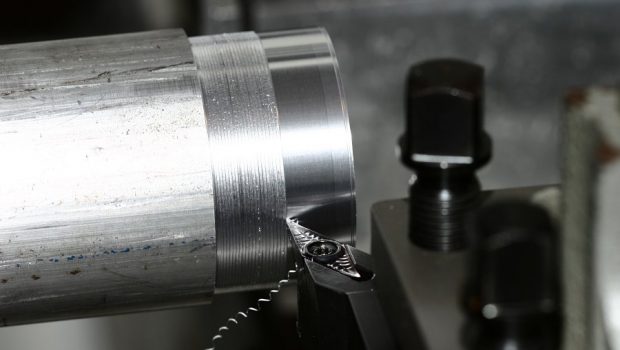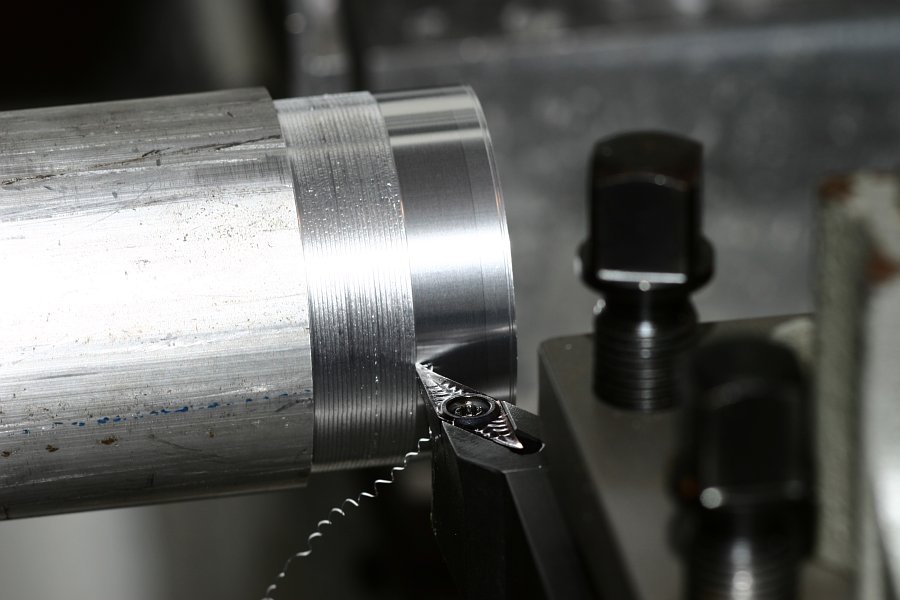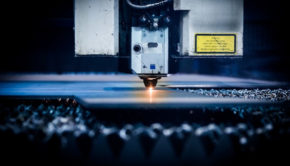Understanding How Metal Fabrication Works
Metal fabrication is the term used for several different methods of manipulating metal into specific shapes like steel and aluminum plates, bars, pipes, and sheets. During the metal fabrication process, metal forms are built by cutting, bending, and assembling separate pieces to construct machines and building structures. Newly shaped metal pieces are combined together to make new pieces like bridges, furniture, and sculptures. If you want to know much more details on the processes of how metal fabrication works you can click and see more info here.
Metal parts manufacturing companies create these structures using carbon steel, steel, and aluminum that can meet the demands of any commercial, industrial or residence project specification. Many companies are members of the American Institute of Steel Construction (AISC) and the American Welding Society (AWS D1.1). If you’re curious about this industry, read on to learn how the metal fabrication process works.
A Simple Process
The process of metal fabrication is relatively simple. The customer tells the fabrication company the specifications for their project—from the measurements to the type of metal they want—and then the fabrication company builds them their construct. Often, expert technicians can offer advice or recommend different metals, measurements, or methods that may be better for their project.
Once the blueprints are confirmed, the sheet metal fabrication nowra company will use its on-site warehouse and storage facility to create the construct with steel, aluminum, or other alloys in specified shapes and sizes. Most facilities have a ready inventory of metal components and essential tools, especially when they only have a short time frame to complete their work. Having the raw materials in stock allows metal fabricators to work very quickly.
Solid construction and safety are the two prime goals when making a structure. From the formation of the components to their joining to complete the final structure, every step requires intense attention to detail, state-of-the-art equipment, and well-trained, highly skilled technicians.
The Metal Fabrication Process
During the creation process, there are several techniques that technicians use to fabricate the metal. These include:
- Cutting: Using powerful corded drills, plasma, or laser cutters to slice metal and create shapes.
- Punching: Heavy equipment will punch out a form or shape.
- Drilling: Creating circular holes of any depth.
- Milling: Producing non-circular holes in a metal form.
- Welding: Using heat and a binding material to join two pieces of metal together.
- Forging: Compressing a shape into a specific adjustable thickness.
Additional fabrication processes that are used include double-disk grinding, bending, circle or ring sawing, chamfering, edge trimming, conditioning, cutting to length, pipe threading, precision plate sawing and blanking, tee splitting, or trepanning. All, or some, of these methods can be used during the fabrication process, and the equipment used is often the most reliable, current version.
The processes used are determined based on the time frame, design, and size of the project. Metal fabrication experts will select the best methods to create the item or structure needed.
After the production process is completed, most metal supply companies also provide delivery and erection services to allow for turnkey ready completion.
What You Can Create
The structures that can be made are limited only by your imagination. Some constructs that can be made with metal fabrication include:
- Metal railings for balconies or walkways
- Structural steel framing for buildings or high rises
- Stairs and ladders for buildings or ships
- Fencing and gates
- Canopies
- Embeds, templates, and anchor bolts
Metal Fabrication Equipment
There are a lot of high-tech tools used in the metal fabrication industry. Some of these machines include:
- Marvel 20-Inch Capacity Vertical Bandsaw
- Cincinnati 230T Hydraulic Press Brake
- Plasma Cutters
- Scotchman 120 Ton Ironworker
- Armada Plate Shearer
- Doall Horizontal Bandsaw
All of this processing equipment from Speedwerx website helps companies remain on the cutting-edge of the metal fabrication industry.
Other Essential Equipment
Metal fabrication companies also require large cranes that can move up to five tons, assisting with large projects, and fork lifts with heavy load capacities are also essential. With these tools aiding the mobility of a project, nothing is too large to handle during the fabrication, assembly, or delivery stages.
During welding, fabricators also need to use GMAW, FCAW, SMAW 5-15 welding line equipment and Dry Rod electrode-stabilizing ovens to ensure that each weld is able to withstand the pressure and conditions of a design.
Finding Your Metal Fabricator
Metal fabrication works efficiently to create any structure you need, as a stand alone project or as a single part of a larger construction project. Find a reliable metal fabricator for your next high-rise complex, stairway modification, or bridge construction.
Author Bio:
Eddie O’Donnell is an expert metalsmith and a freelance writer from Los Angeles, California. With over 20 years of experience in the metal fabrication industry, he has worked with Metal Supply on countless projects, ranging from both commercial and residential jobs. When he is not busy forging, fabricating, and building, he enjoys writing insightful articles about the industry.

















One Response to Understanding How Metal Fabrication Works